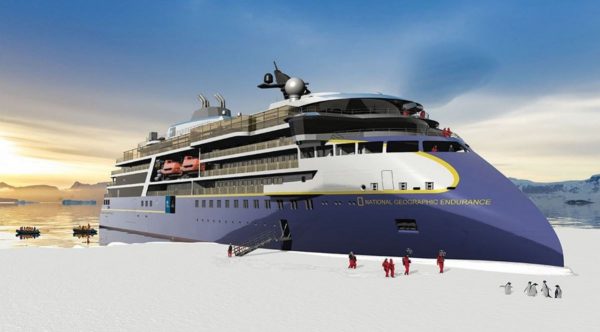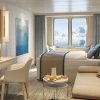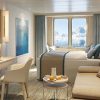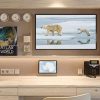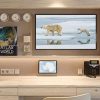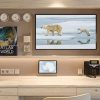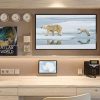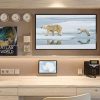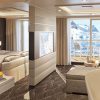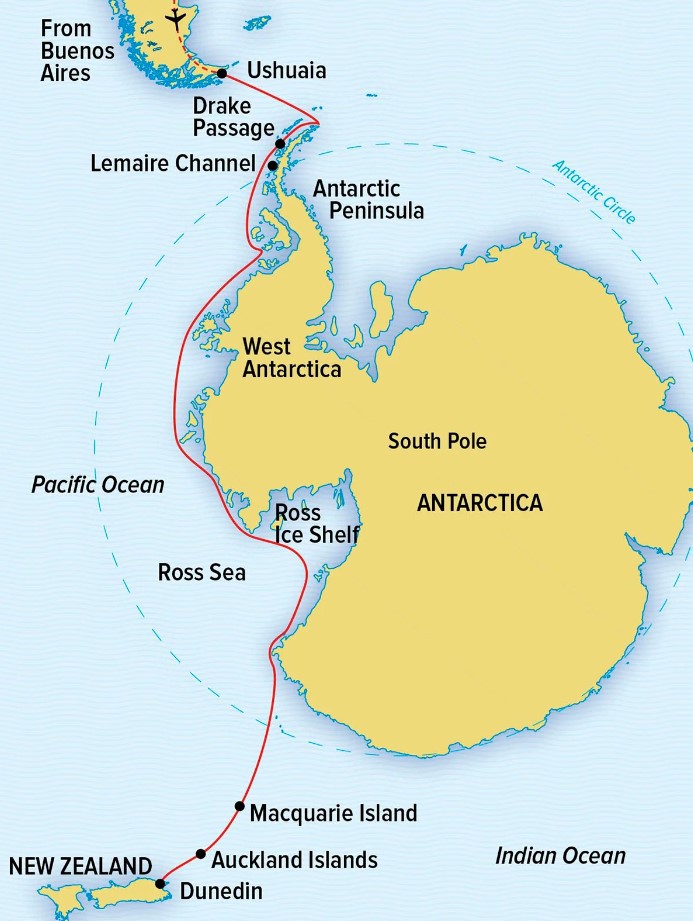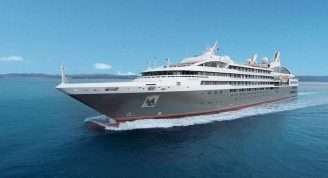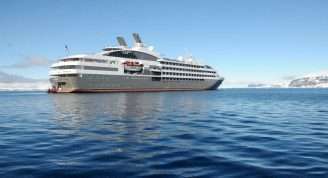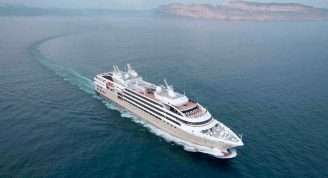Description
Embark on a new voyage made possible by the extreme ice capabilities of our new expedition ship, National Geographic Endurance. Discover the seventh continent as few have or ever will. Venture into the epic landscapes of remote West Antarctica, where we are sure to set foot on ice no other humans have. See the prolific wildlife and impressive ice shelf of the Ross Sea region. Walk among a colony of hundreds of thousands of king penguins and be among the few to have shared a beach with endemic royal penguins. By special permit, explore the sub-Antarctic islands of New Zealand and Australia, World Heritage sites for the millions of penguins, including huge colonies of king and royal penguins. This is wildness and wildlife at its finest, portions of which were seen before only by the likes of Scott, Ross, Amundsen, and Shackleton.


